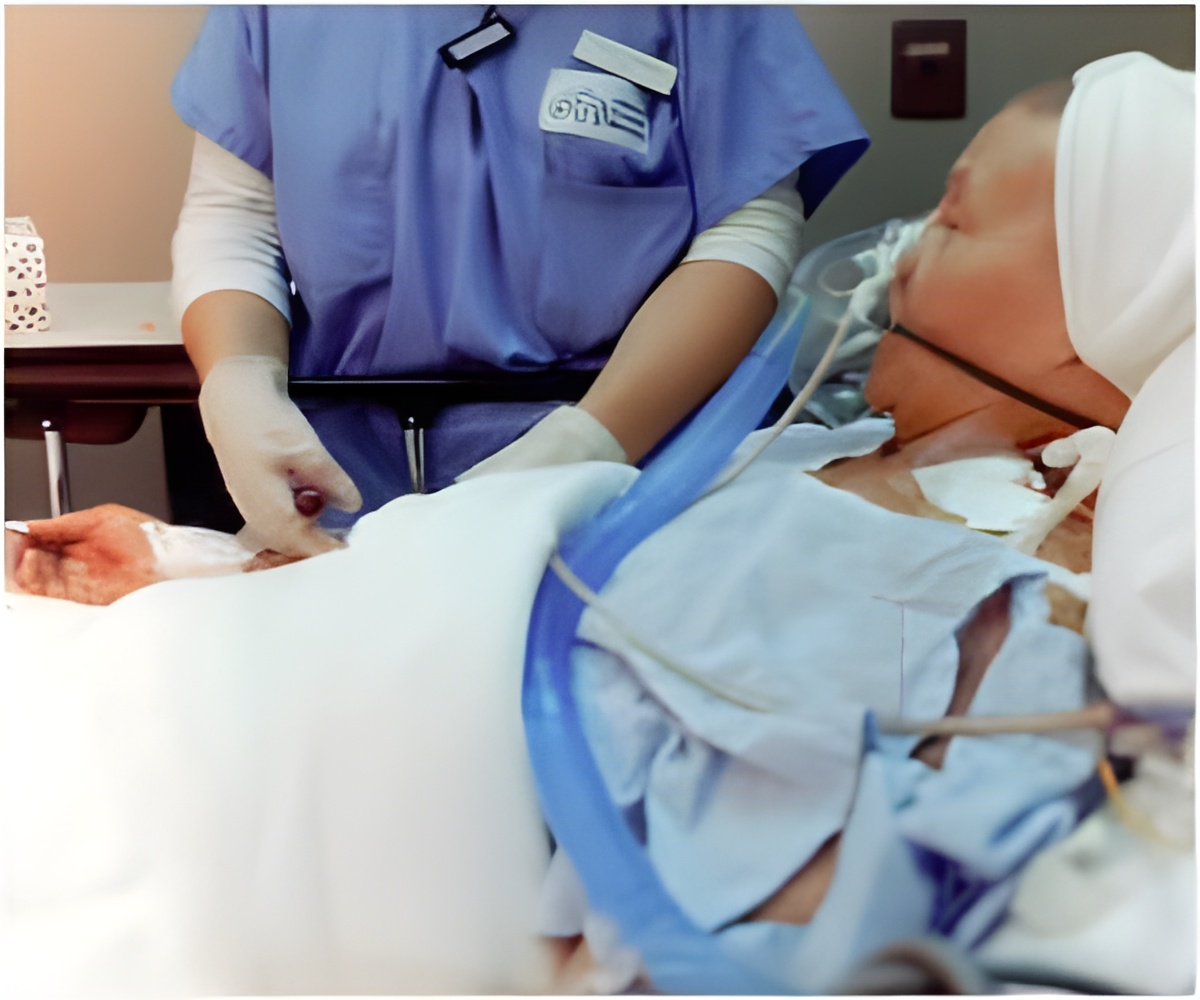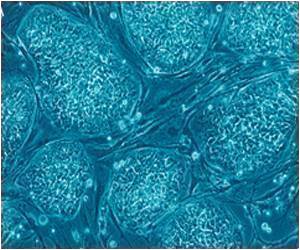Researchers at Dartmouth-Hitchcock Medical Center in Lebanon, New Hampshire have found an association between increasing the distribution of neurosurgeons

Desai and colleagues performed a retrospective analysis of data from the Area Resource File (2009�), a database containing county-level information on health care facilities and their utilization and expenditures; health care professionals and their training; and socioeconomic and environmental characteristics. Data from 3141 US counties were analyzed; 2051 of these counties were classified as rural. The primary outcome variable was the average number of deaths due to MVAs per million population for each county during the 3-year period 2004 through 2006.The primary independent variable was the density of neurosurgeons (number of neurosurgeons per million population) in 2006.
In the 3141 US counties that were examined, the mean number of MVA-related deaths per million persons was 226. The average number of neurosurgeons per county was six. The greatest number of neurosurgeons in a county was 372; most counties had none. In an unadjusted analysis, the authors found that an increase of one neurosurgeon per million population was associated with 1.9 fewer deaths due to MVAs per million population.
In a multivariate analysis, in which adjustments were made for county urbanicity, socioeconomic conditions, and density of general practitioners, an increase of one neurosurgeon was associated with 1.01 fewer deaths from MVAs per million population. This association was present regardless of whether the county was rural or urban. When Desai and colleagues compared the association between deaths from MVAs and the distribution of other medical specialties, the researchers found that an equivalent decrease in MVA-related deaths (one fewer death) would require an addition of 33 primary care providers; according to another study, an addition of 6 general surgeons per million population would be needed for the same affect. Rural setting, persistent poverty, and low level of education were all associated with significant increases in MVA-related deaths.
Given the association found between the distribution of neurosurgeons and MVA-related deaths, Desai and colleagues conclude that the availability of local neurosurgeons may be important for the overall likelihood of surviving an MVA, and thus neurosurgical education and practice throughout the US should be promoted.
Advertisement










